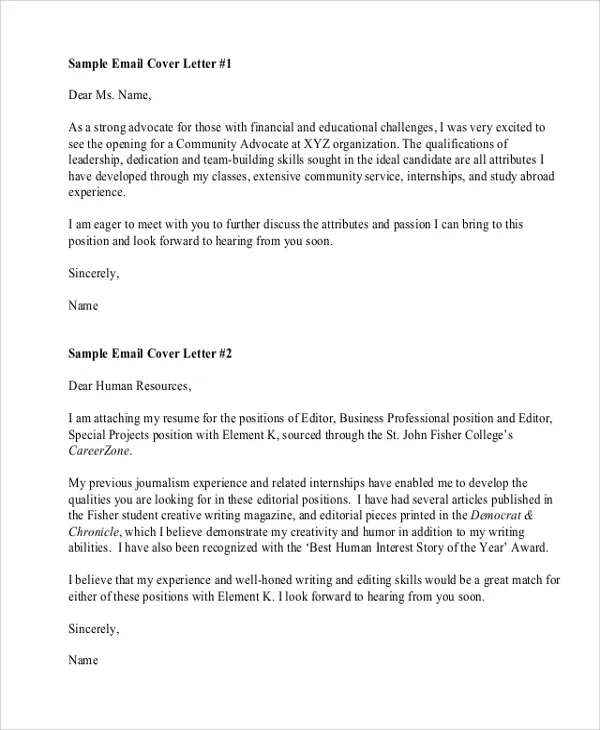Crafting Your Email Resume
Sending your resume and cover letter via email has become the standard for job applications. This guide provides a comprehensive walkthrough of how to send your resume and cover letter by email, ensuring your application stands out. From crafting the perfect email to formatting your documents and the critical steps before hitting send, you’ll gain the knowledge needed to make a positive first impression. Properly sending your resume via email isn’t just about attaching a file; it’s about presenting yourself professionally and making it easy for the hiring manager to review your qualifications. Mastering this skill is a key to a successful job search.
Subject Line Mastery
The subject line is the first thing a hiring manager sees; a well-crafted one ensures your email gets opened. Keep it concise and professional. Include the job title and your name. Avoid generic subject lines like “Resume.” Instead, use something like “[Job Title] Application - [Your Name].” This immediately tells the recipient what the email is about and who it’s from. Also, if the job posting specifies a particular subject line, make sure to follow those instructions exactly. A clear, direct subject line increases the chances of your email being noticed and reviewed promptly, setting a positive tone right from the start.
Formatting for Success
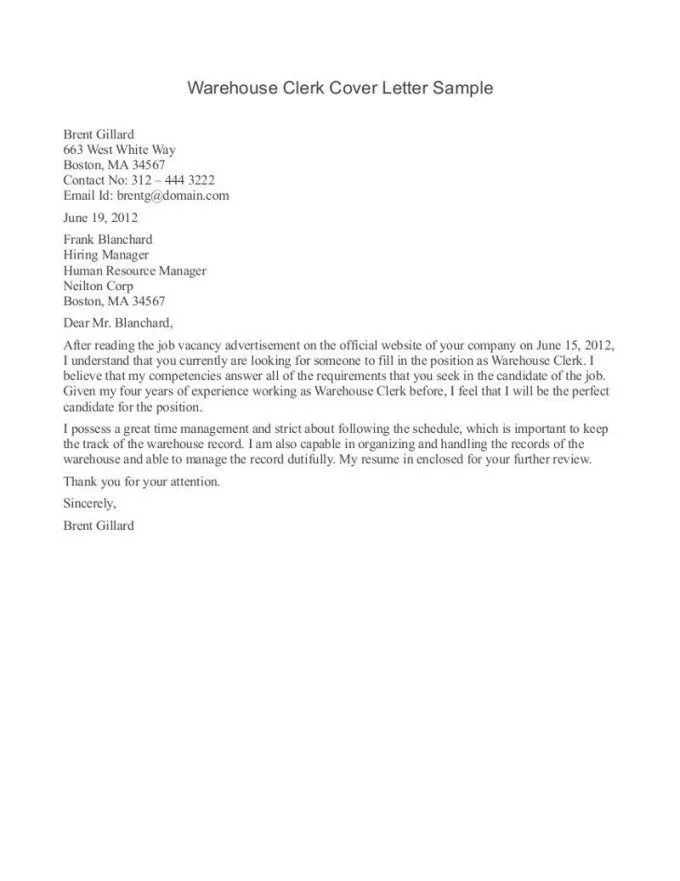
Proper formatting of your resume and cover letter is crucial when sending them via email. This ensures that your documents are easy to read and professionally presented. Use a clear and readable font such as Arial, Calibri, or Times New Roman, and keep the font size between 10 and 12 points. Use consistent formatting throughout both documents. This includes consistent use of headings, bullet points, and spacing. Ensure there are no formatting issues that could misalign text or shift elements, as this can portray a lack of attention to detail. Maintaining a clean format is critical for making a strong impression.
Cover Letter Essentials
A well-written cover letter is an essential part of your job application. It provides context and helps showcase your personality and writing skills. Make sure your cover letter is tailored to the specific job and company you are applying for. This demonstrates your interest and that you have done your research. A generic cover letter will not grab the hiring manager’s attention. Highlight how your skills and experience match the job requirements and explain why you are the best candidate. Tailoring the letter also shows you’ve invested the time and effort, increasing your chances of a positive response.
Writing a Compelling Cover Letter
Begin with a strong opening that grabs the reader’s attention and immediately states the position you are applying for. In the body paragraphs, provide specific examples of your accomplishments and skills, quantifying them whenever possible. Use the STAR method (Situation, Task, Action, Result) to explain how you have addressed challenges and achieved goals. Conclude by reiterating your interest in the position and the company and include a call to action, such as requesting an interview. Proofread carefully to ensure the cover letter is free of errors. A well-written cover letter can set you apart from other applicants and increase your chances of securing an interview.
Attaching Your Resume and Cover Letter
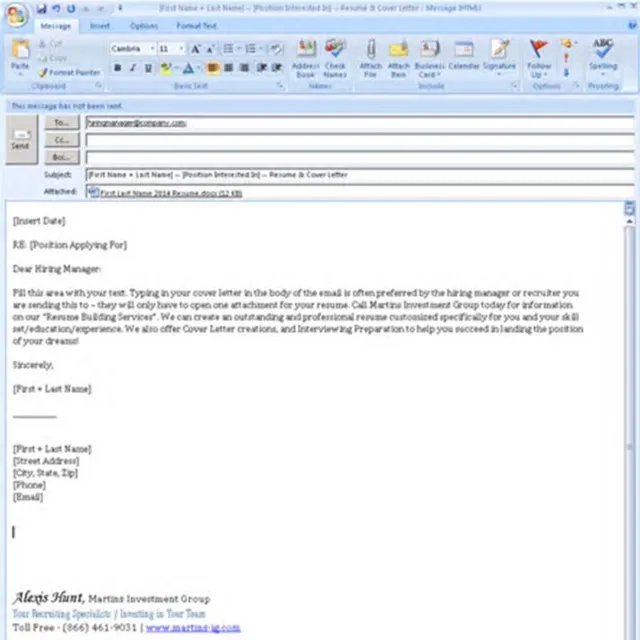
When attaching your resume and cover letter to your email, it’s important to do so correctly. Ensure that you attach both documents as separate files. Always double-check that you’ve attached the correct versions of your resume and cover letter. Avoid sending a single document containing both your resume and cover letter, unless specifically requested. This makes it easier for the hiring manager to review each document. Use a clear and professional naming convention for your files, such as “YourName_Resume.pdf” and “YourName_CoverLetter.pdf”. This helps the recipient quickly identify each document and keeps your application organized.
File Format Considerations
The preferred file format for resumes and cover letters is PDF (Portable Document Format). PDFs ensure that your documents look the same on any device, preserving the formatting you’ve carefully crafted. PDFs are less prone to formatting errors that can occur with other formats like DOC or DOCX. However, always check the job posting for specific instructions about file formats. Sometimes employers may request a specific format, but in most cases, PDF is the safest and most professional choice. This ensures that your documents display correctly and professionally when the hiring manager opens them.
Email Body Best Practices
The email body should be a brief introduction that complements your attached documents. Start with a polite greeting and state the position you are applying for. Briefly reiterate your interest in the role and mention that your resume and cover letter are attached for their review. Keep the email concise and professional. Avoid lengthy paragraphs; instead, use short, clear sentences. Thank the recipient for their time and consideration, and reiterate your contact information. This introduction ensures that the recipient knows the purpose of your email and encourages them to open your attachments. The email body sets the tone for your entire application.
Professional Tone and Content
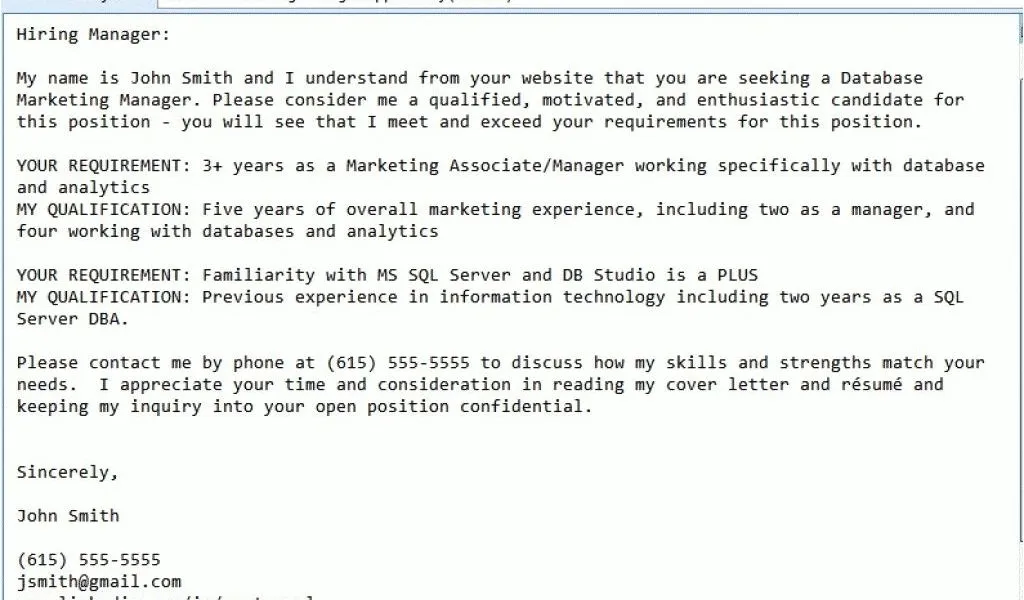
Maintain a professional tone throughout your email. Use formal language and avoid slang, emojis, or casual greetings. Proofread your email for any grammatical errors and typos. Ensure your email reflects professionalism and attention to detail, as this sets a strong first impression. Use a professional email address, ideally one that includes your name, such as firstname.lastname@email.com. Always double-check the recipient’s email address to avoid any errors. Presenting yourself professionally in the email body, as well as in your attached documents, is crucial for making a positive impact.
Call to Action
Include a call to action in your email body to encourage the recipient to take the next step. This could be a simple request for an interview or a follow-up. Express your enthusiasm for the position and company. Thank the hiring manager for their time and consideration and provide your contact information for easy reference. A clear call to action motivates the recipient to move forward with your application, showing your proactive approach and your interest in the role. Adding a call to action can significantly increase your chances of receiving a response and advancing in the hiring process.
Proofreading and Review
Before sending your email, proofread all elements of your application thoroughly. This includes the subject line, the email body, your resume, and your cover letter. Check for any grammatical errors, spelling mistakes, and formatting inconsistencies. Ensure that all your contact information is accurate and up-to-date. Ask a friend or family member to review your documents for a second pair of eyes. A fresh perspective can often catch errors that you might have missed. A polished application reflects professionalism and attention to detail, which can greatly increase your chances of success.
Before You Hit Send Checklist
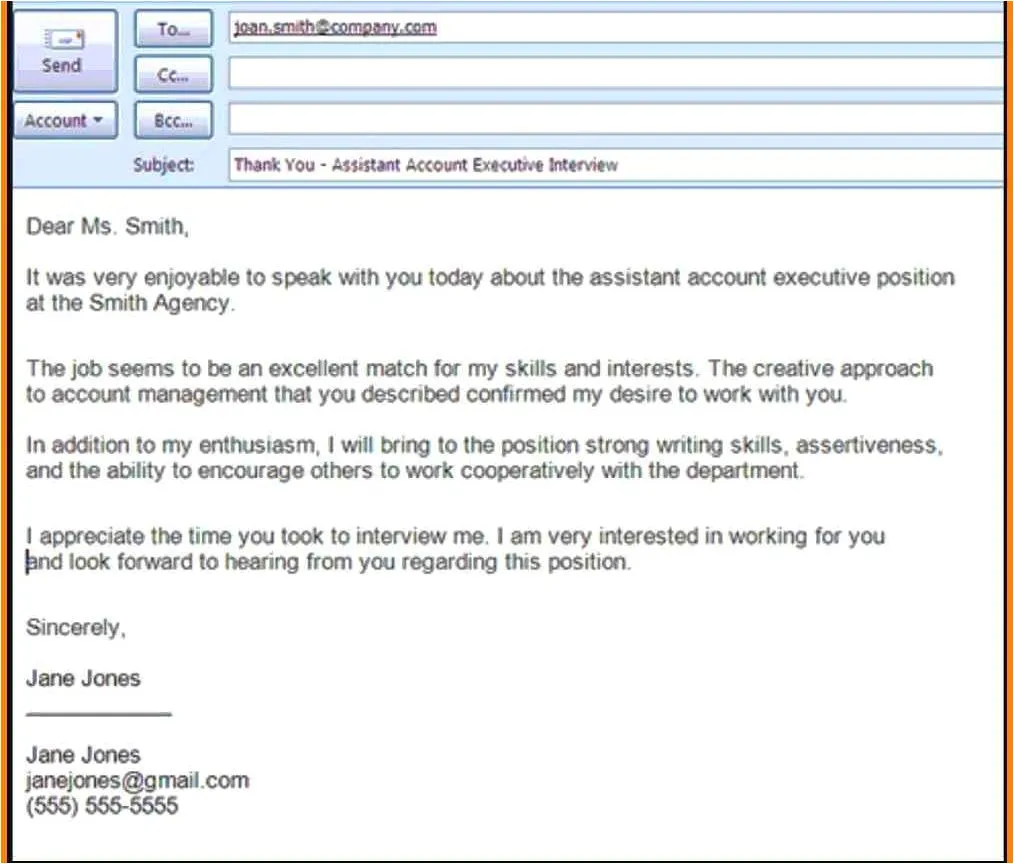
Before sending, make sure you’ve completed a checklist to ensure your application is complete and accurate. Confirm that you have attached your resume and cover letter in the correct file formats. Verify the recipient’s email address for accuracy. Ensure your subject line is appropriate and reflects the job title. Proofread the email body and attachments for any errors. Double-check all your contact information. Send a test email to yourself to see how your attachments appear and to ensure that the formatting is correct. Following this checklist will greatly reduce the risk of making any easily avoidable mistakes.
Sending Your Email
Once you have completed all the steps, it’s time to send your email. Send your email during business hours (typically Monday through Friday, 9 AM to 5 PM) to ensure it is seen by the hiring manager promptly. Avoid sending emails late at night or on weekends, as this can sometimes be seen as unprofessional. After sending your email, keep a copy of the sent email in your ‘Sent’ folder for your records. Also, be sure to set up an email signature including your name, phone number, and a link to your LinkedIn profile. This gives the hiring manager easy access to contact you and learn more about you.
Tracking Your Application
Keep track of all the job applications you have submitted. Create a spreadsheet or use a job tracking app to record details such as the company name, job title, application date, and any notes about the application. This will help you manage your job search effectively and stay organized. Make a note of the job description’s requirements and how you have met them in your application. This tracking is crucial to keep track of your application process and make sure that you follow up with companies after applying, as well as manage and organize your job search.
Following Up
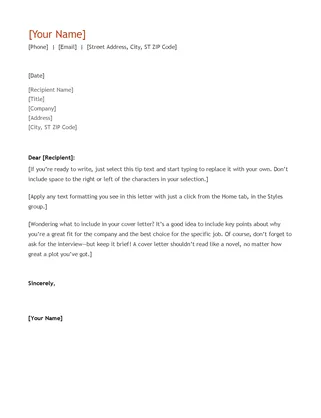
Following up is an essential part of the job application process. Send a polite follow-up email approximately one to two weeks after submitting your application. In your follow-up email, reiterate your interest in the position and briefly mention why you are a good fit. Keep the email brief and professional. Avoid being overly persistent; a single follow-up is usually sufficient. If you haven’t received a response after a reasonable period, it is often acceptable to follow up one more time. This shows your enthusiasm and proactive attitude and can increase your chances of being considered.
